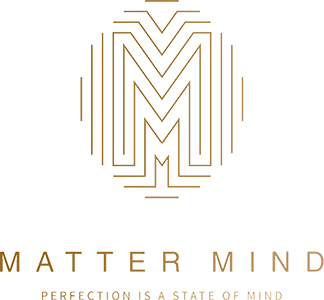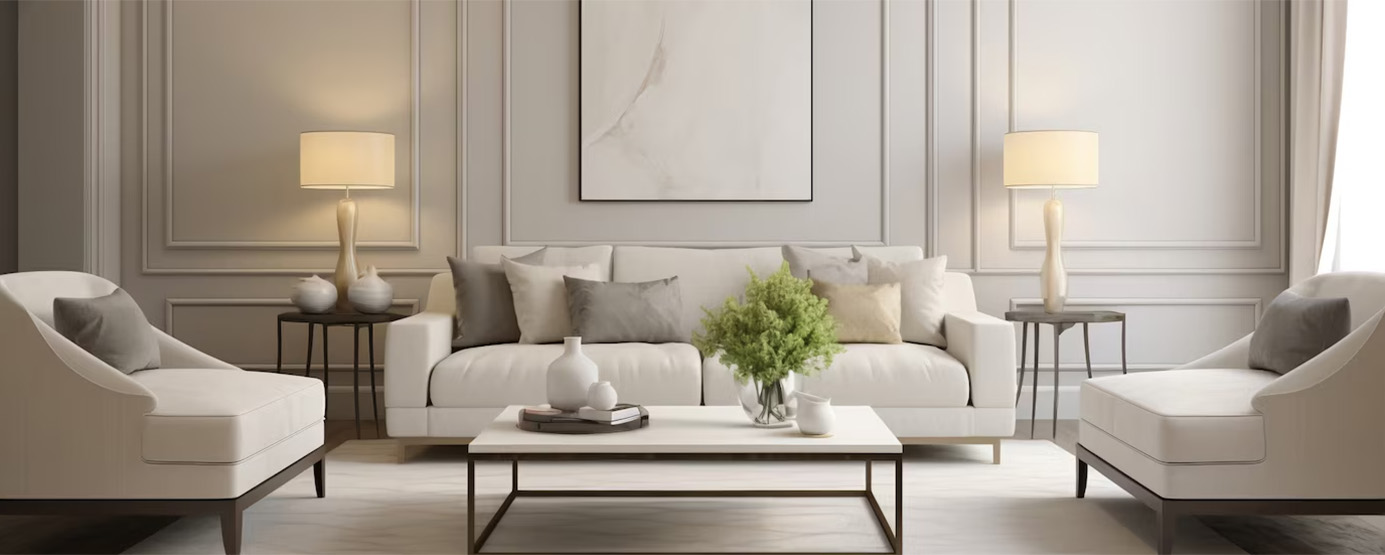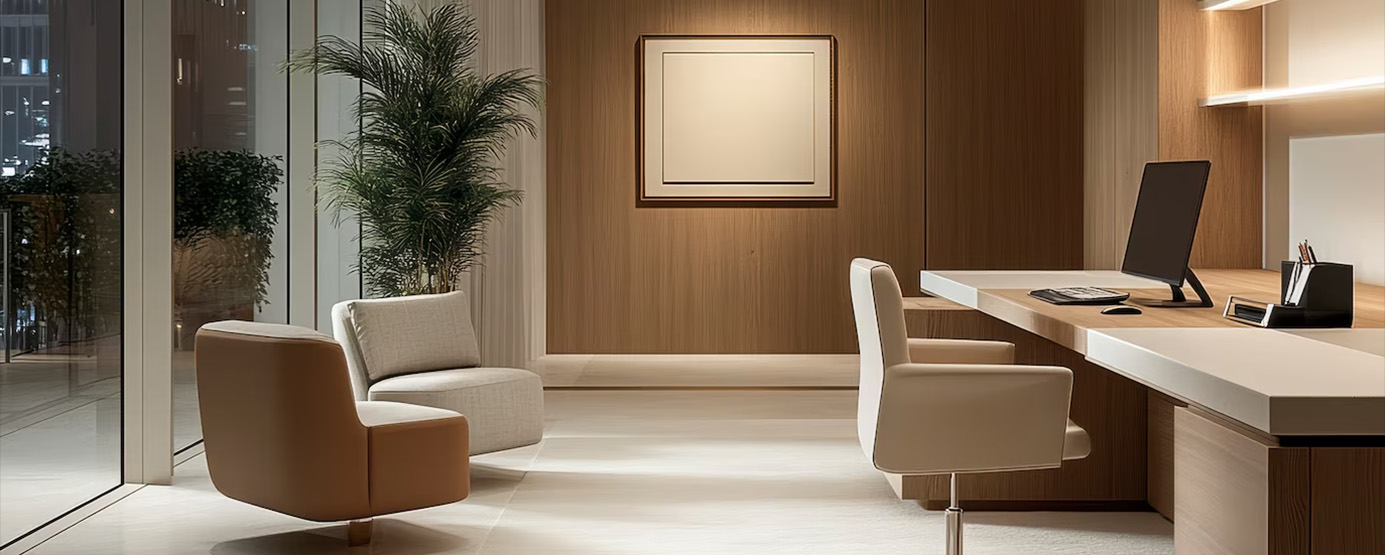Innovative Materials for Eco-Friendly Interior Fitouts

In the rapidly evolving field of interior design, sustainability has become a crucial consideration. As global awareness of environmental issues grows, so does the demand for eco-friendly solutions in all aspects of life, including interior fit-outs. Abu Dhabi, known for its cutting-edge architecture and design, is no exception. Here, we explore some of the most innovative materials that are transforming interior fit-outs in Abu Dhabi into greener, more sustainable spaces.
Bamboo
Bamboo is a versatile and sustainable material that is gaining popularity in eco-friendly interior fit-outs. Known for its rapid growth and minimal environmental impact, bamboo is an excellent alternative to traditional hardwood. It is incredibly durable, and aesthetically pleasing, and can be used for flooring, furniture, and even wall coverings.
Benefits of Bamboo:
- Rapid renewability: Bamboo grows much faster than traditional trees.
- High strength: Comparable to some hardwoods, making it durable for various applications.
- Aesthetic versatility: Available in various finishes and styles to suit different design needs.
Recycled Glass
Recycled glass is another innovative material that is making waves in the world of sustainable interior design. This material can be used in a variety of applications, from countertops to tiles and decorative elements. By recycling glass, we reduce waste and lower the demand for raw materials.
Benefits of Recycled Glass:
- Environmental impact: Reduces landfill waste and conserves natural resources.
- Unique appearance: Offers a wide range of colors and patterns, creating unique design elements.
- Durability: Resistant to stains and scratches, making it ideal for high-traffic areas.
Cork
Cork is an eco-friendly material harvested from the bark of cork oak trees. It is renewable, biodegradable, and boasts excellent insulation properties. Cork is commonly used in flooring, wall coverings, and even furniture.
Benefits of Cork:
- Renewable resource: Cork bark regenerates after harvesting without harming the tree.
- Acoustic insulation: Absorbs sound, making it ideal for reducing noise levels.
- Comfort: Provides a soft, warm surface underfoot, enhancing comfort in living spaces.
Reclaimed Wood
Reclaimed wood is sourced from old buildings, barns, and factories, giving new life to materials that would otherwise go to waste. This type of wood adds character and history to interior spaces while promoting sustainability.
Benefits of Reclaimed Wood:
- Unique aesthetic: Each piece has its own history and unique appearance.
- Environmental conservation: Reduces the need for new lumber, preserving forests.
- Durability: Often more stable and durable than newly harvested wood due to its age and exposure.
Low-VOC Paints
Volatile Organic Compounds (VOCs) are harmful chemicals found in many traditional paints that can off-gas into the air, affecting indoor air quality. Low-VOC paints are formulated to reduce these emissions, making them a healthier choice for both people and the planet.
Benefits of Low-VOC Paints:
- Improved air quality: Reduces harmful emissions in indoor environments.
- Wide range of colors: Available in various shades to suit any design palette.
- Safety: Lower toxicity levels make them safer for occupants and installers.
Hempcrete
Hempcrete is a bio-composite material made from the inner fibers of the hemp plant mixed with lime. It is an excellent insulator and has a negative carbon footprint, making it an ideal choice for sustainable building.
Benefits of Hempcrete:
- Carbon sequestration: Absorbs CO2 during the growth of the hemp plant.
- Thermal performance: Provides excellent insulation, reducing energy consumption.
- Non-toxic: Safe for both builders and occupants.
Implementing Eco-Friendly Materials in Abu Dhabi
Abu Dhabi’s commitment to sustainability is evident in its various green building initiatives and certifications, such as Estidama. By incorporating these innovative materials into interior fit-outs, designers and builders can contribute to a greener, more sustainable future for the emirate. Whether it’s a residential project, commercial space, or public building, the use of eco-friendly materials not only benefits the environment but also enhances the health and well-being of the occupants.
In conclusion, the integration of sustainable materials in interior fit-outs is not just a trend but a necessity in our efforts to combat environmental challenges. As Abu Dhabi continues to grow and develop, embracing these eco-friendly solutions will ensure that its interiors are as forward-thinking and environmentally conscious as its skyline.
For more information on sustainable interior fit-outs in Abu Dhabi and how you can incorporate these materials into your next project, reach out to local experts who specialize in green building practices.
Recent Posts
-
Why Choose Mattermind for Your Office Fit-Out in Abu Dhabi
October 24, 2024
-
How Interior Fit-Out Services Elevate Commercial Spaces in Abu Dhabi
October 05, 2024
-
How to Optimize Small Spaces with Creative Interior Design Ideas
September 26, 2024







